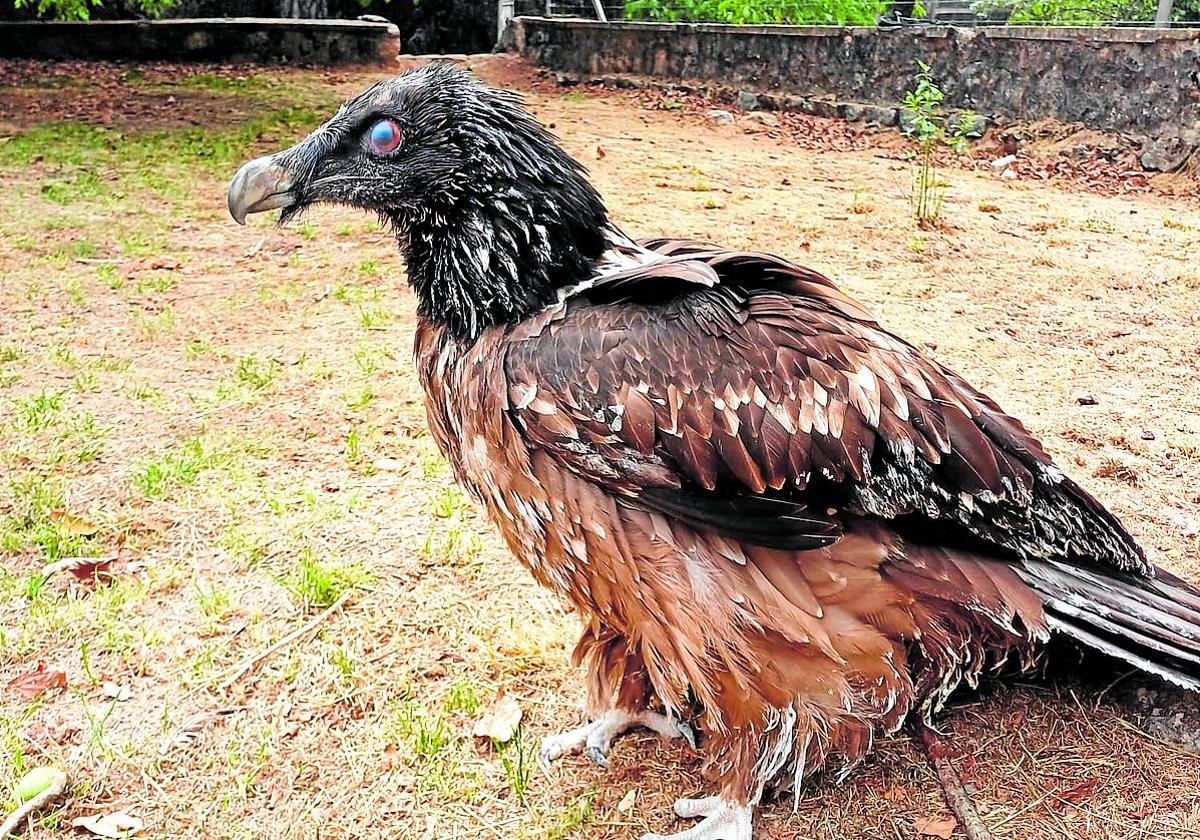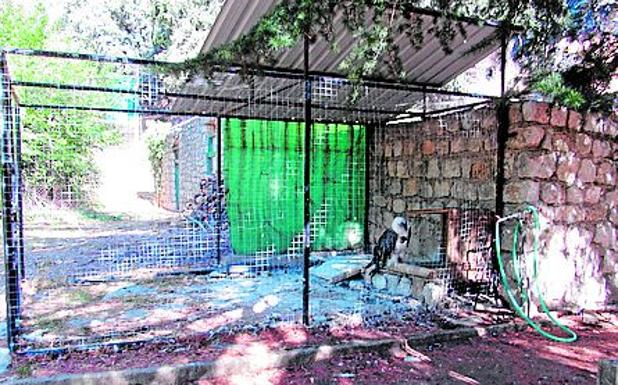

Sections
Highlight

Manuela Millán
Jaen
Wednesday, 11 December 2024, 23:43
Jaén in the southern Andalucía region has turned a new page in the story of the bearded vulture, which once again has a second chance of survival in Spain. The province has some special places that make it unique for those who visit it, but also for those who live there. Furthermore, if there is one example that proves it, then that is this tale about the bearded vulture, a species that ceased to be sighted in 1986 and disappeared pretty much from the whole of the Spanish mainland, except for the Pyrenees where a small population remained.
However, thanks to the work carried out in recent years, some 90 chicks have been released back into the wild by the third quarter of 2024. In fact, as far as is known, some 65 specimens are still alive, with the largest population being in the Jaen area, although there are also some in Castril, in the north of Granada province and in the Sierra Nevada mountains. In addition, others choose to cross the Strait of Gibraltar, although they usually return.
And the best part? Those who wish to do so can meet some of the specimens and learn about their way of life and the project that has led them to make history in the province. This is a unique opportunity through the guided tours that take place at the Centro de Cría de Quebrantahuesos (bearded vulture breeding centre) between the months of June and September to learn about the details of the species up close.
To do this, the first thing to do is to be patient, as it requires heading off up an 'entertaining' mountain track to reach the centre. Once at the entrance, specialised guides such as José Alberto Robles, in charge of promoting the Río Borosa visitor centre, provide an informative talk on the natural heritage and ecological wealth of Jaen province, including a description of the natural parks and the reasons why it is so important to work on their conservation. Then the adventure begins.

The second stop is to identify various plant species with an important moral: "Do not move species from different habitats or regions without knowing them, as this can create a local problem for the native flora and fauna." The more restless visitor might be invited to stretch out some sheep's wool. The wool is brought regularly by a farmer throughout the summer that he spreads out, washes and air dries so that the vultures can then use it in their nests. Seconds later Rin Ran appears. This female bearded vulture has a problem with blindness, which is why she is kept in a cage.
With Rin Ran hosting the proceedings, the most important characteristics of the bearded vulture species are explained while its plumage and movements can be observed, making it clear that it is a majestic bird. Bearded vultures can measure up to 1.15 metres in height and some can reach a wingspan of up to 2.80 metres. Their life expectancy can be up to 35 years in the wild and more than 50 years in captivity. It is also a territorial and monogamous species with no sexual dimorphism (variations in external physiognomy between males and females).
At this point of the visit, it is explained how the staff work with these vultures from October. This is when the visits end because this species usually starts its rutting season at this time of year, although much depends on the weather. Keeping things calm and tranquil is the order of the day until some of the specimens are released into the wild or those that are going to live in captivity are released from their parents' cages.

On the way out there are a few more surprises, as two more birds, Salvia and Andalucía, await visitors. Andalucía was the first bearded vulture to be born and survive in the centre's first breeding cycle (CCQ) back in 2002. The next cage is that of Keno and Josef and, finally, we visit Armenio and Escalivada, who this summer were in the cage with a crow, Ambrosio, which is used when the breeding pairs do not come into heat and just fight. The crow causes the pair to join forces to fight him, and therefore, they end up bonding.
The bearded vulture became extinct in the mountain ranges that make up the Sierras de Cazorla, Segura y Las Villas Natural Park around 1986. This was also when the area was granted natural park status.
Three years earlier, in 1983, it was named a biosphere reserve by Unesco. However, it was not until a decade later that the Guadalentín bearded vulture breeding centre was built after verifying that this area met the requirements to make a go of recovering and reintroducing the species.
Publicidad
Publicidad
Publicidad
Publicidad
Esta funcionalidad es exclusiva para registrados.
Reporta un error en esta noticia

Debido a un error no hemos podido dar de alta tu suscripción.
Por favor, ponte en contacto con Atención al Cliente.

¡Bienvenido a SURINENGLISH!

Tu suscripción con Google se ha realizado correctamente, pero ya tenías otra suscripción activa en SURINENGLISH.
Déjanos tus datos y nos pondremos en contacto contigo para analizar tu caso

¡Tu suscripción con Google se ha realizado correctamente!
La compra se ha asociado al siguiente email
Comentar es una ventaja exclusiva para registrados
¿Ya eres registrado?
Inicia sesiónNecesitas ser suscriptor para poder votar.